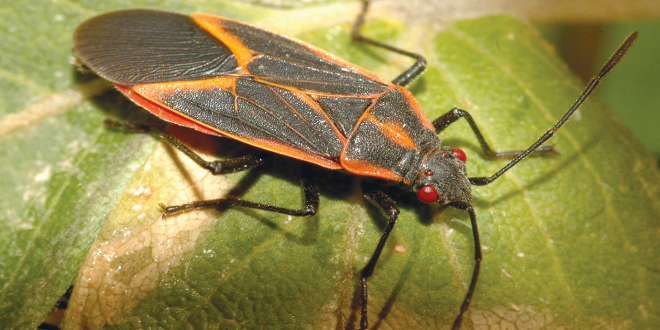buckabucka
Garden Addicted
This beetle has been showing up mostly around fruit. I first found it clustered around high bush blueberries that had bent low, with berries touching the ground. Since then, I've seen it on the raspberries and around the strawberries as well.
If it is a destructive pest, I'd like to control it, but I haven't been able to find it online. I was searching beetles in Maine, and now I wonder if it came from somewhere further south along with the change in climate (like the Japanese beetle did).
I appreciate any feedback!

